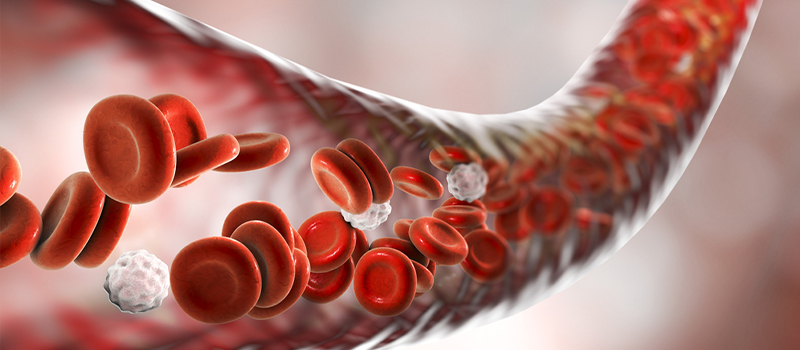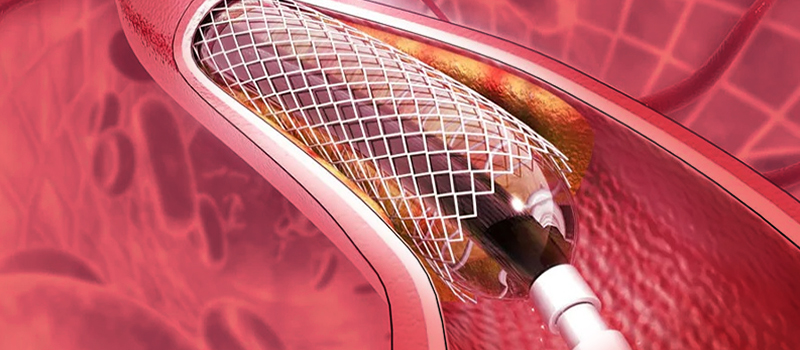Peripheral Artery Disease is a disease in which the buildup of plaque occurs in the arteries that carry oxygenated blood to your head, limbs and other organs. It is the most common of the peripheral vascular diseases (diseases of blood vessels outside of the brain and heart). PAD affects millions of people in the United States and can affect men and women at any age.
Restricted blood flow
Peripheral artery disease (PAD) commonly affects the arteries in your legs. Plaque builds up inside these arteries, increasing the risk of heart attack, stroke, and other problems.
Peripheral Artery Disease (PAD) is a narrowing of the blood vessels in your arms and legs that can cause pain, numbness, and other symptoms. It’s also called a peripheral vascular disease or peripheral arterial disease (PVD).

If you have PAD, plaque builds up on the inner walls of your arteries — the blood vessels that carry oxygen-rich blood from your heart to all parts of your body. The build-up narrows or blocks some arteries, so less oxygen-rich blood reaches parts of your body such as:
- Arms/hands (also called “peripheral” because they are away from the center)
- Legs
The most common peripheral vascular diseases
Peripheral artery disease (PAD) affects millions of people in the United States and can affect men and women at any age. PAD is more common in older adults.
It’s also more common in people with diabetes, peripheral artery disease, or heart disease. People with diabetes are six times more likely to develop some form of PAD than those without it. Men are three times more likely to experience PAD than women.
Symptoms
If you have PAD, there are usually no symptoms until the disease is quite advanced. However, occasionally the following symptoms may be present:
- Claudication or cramping in your leg muscles
- Numbness or pain in your hands, arms, or legs
- Feeling of heaviness in your leg muscles
- A feeling of burning in your feet or toes

Diagnosis
In addition to a physical exam, blood tests, and imaging tests such as X-rays and Doppler ultrasounds, the diagnosis of PAD is based on the symptoms experienced by you or your loved one.
If you’re having trouble walking upstairs or feeling like your legs are heavy when climbing stairs (and this has only started happening recently), then you may have PAD. On top of that, if a doctor looks at images of your arteries and finds that they look narrow (or clogged), then they may be blocked by plaque build-up.
The ankle-brachial index test measures how well blood flows from the heart into your leg by comparing pressures in both arms and ankles. This can show any blockage in either branch of your circulatory system—if one arm has higher pressure than another, it means less blood flow is reaching that limb!
Treatment
Treatment of PAD depends on the severity of your symptoms. Medications, surgery, and lifestyle changes may be recommended.
Medications: Your doctor may prescribe medications to reduce your heart attack or stroke risk. These include cholesterol-lowering statins, blood pressure-lowering medications, aspirin therapy, and anticoagulants like clopidogrel (Plavix).

Surgery: Angioplasty and stenting are used to open blocked arteries that supply blood to your legs and feet. A balloon catheter is inserted into a peripheral artery in your groin or arm with a guiding wire threaded through it to be used as an access point for inserting stents inside the artery. The procedure usually relieves pain within 24 hours after treatment begins.
Conclusion
PAD is a common disease that affects countless people in the United States. The good news is that it can be treated and managed. At Washington Vascular Specialists, we leverage leading-edge surgery techniques and medical innovations to realize positive outcomes for our patients. If you’re worried about your symptoms or think you may have PAD, talk to us right away!



